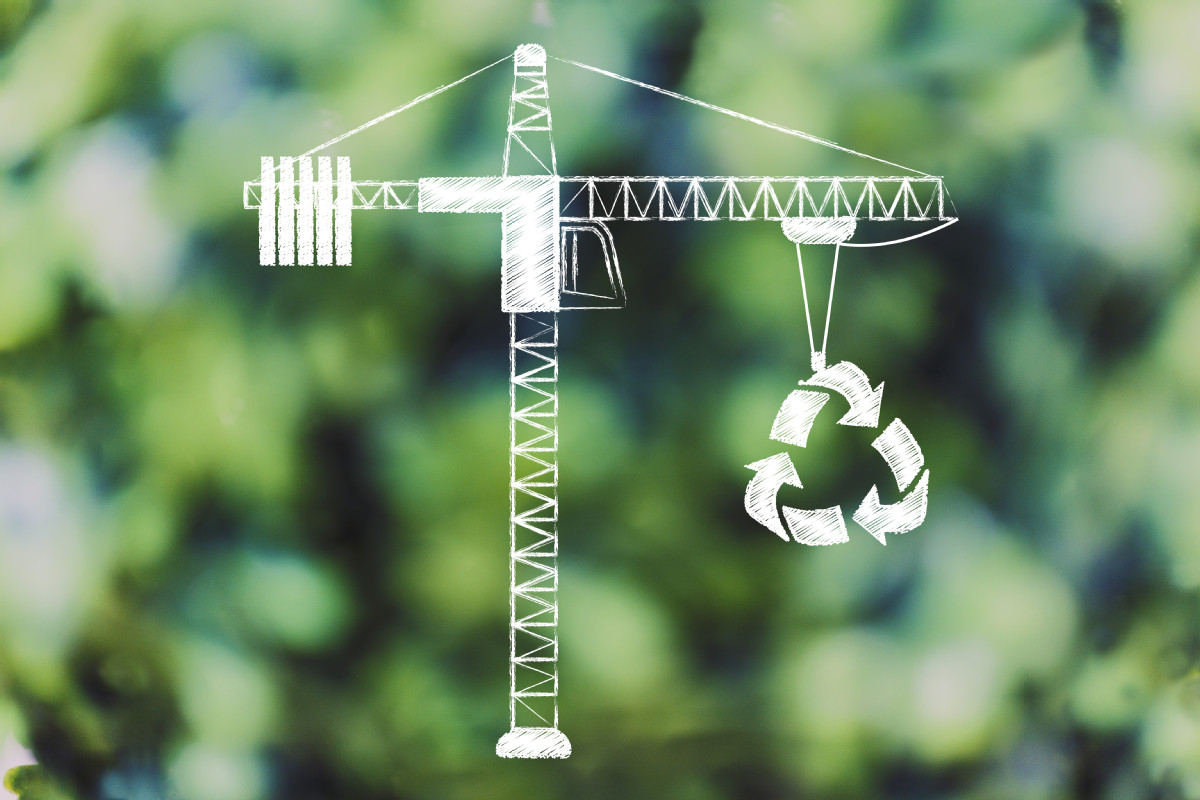Chinese regions speed up making zero-carbon plans


Several areas in China are rolling out their road maps for peaking carbon emissions by 2030, aiming to achieve low-carbon transformation in a diversified and inclusive way, Economic Information Daily reported.
According to this year's government work report, China will reduce energy consumption and carbon dioxide emissions per unit of GDP by 13.5 and 18 percent, respectively, during the 14th Five-Year Plan period (2021-25).
To fulfill the ambitious target, Shanghai, Beijing, Jiangsu and other areas proposed to take the lead to peak CO2 emissions in advance.
Beijing has already achieved its goal, said Huo Xuewen, director of the Beijing Local Financial Supervision and Administration, at a currency and brokerage forum in July.
Data from the Beijing Bureau of Statistics showed coal accounted for only 1.81 percent of the city's total energy consumption in 2019, while the figure stood at 29.59 percent nine years ago.
Local governments have taken multiple measures to lower carbon emissions, with a focus on optimizing industrial and energy structures.
In East China's Jiangsu province, high-polluting new projects will be strictly controlled.
Shanghai continues to push forward structural adjustments in the energy, industrial, transportation and agriculture sectors, and encourages citizens to adopt green lifestyles.
Zhejiang has been devoted to building up a green and low-carbon technology innovation system to explore key technologies in cutting down pollution.
"Two types of areas are expected to peak CO2 emission in advance – economically-developed provinces in East China, and southwestern regions with rich clean energy resources," said Liu Xiangdong, a researcher at the China Center for International Economic Exchanges in Beijing.
In many places, positive policy guidance has also been strengthened, such as setting up pilot zones for "near-zero" carbon emissions.
Hubei province will approve a batch of trial projects on "near-zero" emissions. With a target to cut CO2 emissions per unit of GDP, the province is trying to establish a collaborative management system emphasizing both energy reduction and ecological protection.
Xiong Yuan, chief macro analyst at Guosheng Securities, believes solutions to different regions should be tailored to local conditions.
For example, relatively developed cities such as Beijing and Shanghai are advised to focus on technological innovation and structural transformation.
Hebei, Jiangsu and other provinces with a good industrial base should pay more attention to the green upgrading of manufacturing.
For Sichuan and Fujian, which have high forest coverage, "carbon sinks" that absorb billions of metric tons of CO2 need to be highlighted.
In addition, Liu suggested introducing fiscal and tax policies and encouraging capital to invest more into the green and low-carbon sectors.
The carbon trading market should be further improved, with a greater deal of autonomy given to local market entities, he said.




































